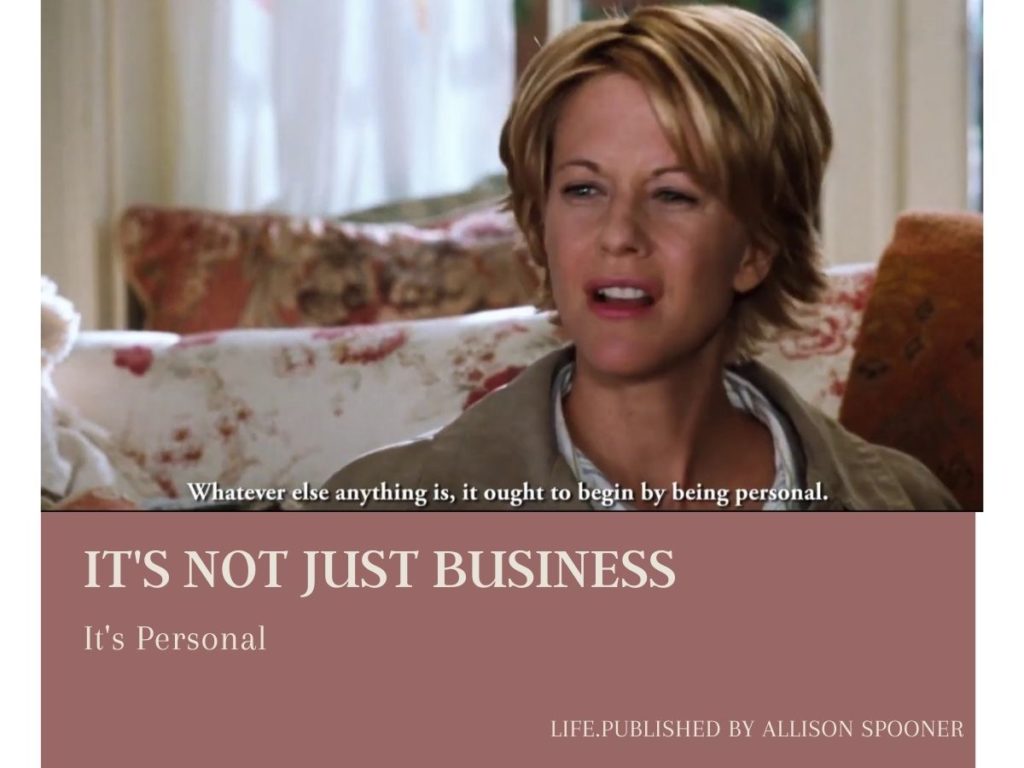Imagine yourself as a patron at a new restaurant.
Now, imagine two different scenarios;
You get seated right away, greeted with a smile and your server approaches you immediately. Your order is promptly brought to your table, prepared just like you asked and your water glass is never too empty. You enjoy both the meal and the service; you leave satisfied.
Or:
You wait 30 minutes for a table even though the restaurant isn’t crowded. It takes even longer for your server to get your table and when they do, he or she is rushed and clearly annoyed. After bringing your food, which is poorly prepared and cold, you don’t see your server until it’s time for the check. It takes entirely too long to pay the bill and you leave feeling frustrated and swear never to return.
Now, which encounter is going to stick with you the most? Scenario number one might bring you back to the restaurant and you might even tell a friend or two. But scenario two, and the anger it evokes, is more likely to encourage you to spread the word and to voice your dissatisfaction everywhere, including the world wide web.
And a scathing online review could deter hundreds, or more, new customers.
Considering that 90% of customers have admitted that their decisions are affected by online reviews, do businesses really want to take that chance?
So, why does the second scenario stick with many of us more than the first, when we clearly enjoyed the first more? Because it goes against everything we expect as customers. When we are handing our money over to a business, we expect decent service. As a customer, we expect the business to deliver interactions that will bring us back, but as humans we want to be heard. We want to be seen. We want to be understood.
When a business or corporation shows empathy toward its customers, to us they are saying, “We get you.” And that can make all the difference.
It’s Not Personal…?
“What is so wrong with being personal anyway? Whatever else anything is, it oughta begin by being personal…”
-Kathleen Kelly, “You’ve Got Mail.”
Business Strategist, Dev Patnaik, in his book “Wired to Care,” states that when those working in a corporate structure turn up for work, they leave half their brains-the part geared toward emotion-behind and are taught to repeat the mantra, “It’s not personal, it’s business.”
But, I suspect that many of us relate to Kathleen Kelly in “You’ve Got Mail.” Maybe “business” isn’t where business should begin.
Certainly in our highly “social” world, where businesses are no longer faceless entities but detailed profiles that reach out to us on a daily basis and that we can connect with at the click of a mouse, things are personal. And, as Kelly says, what’s so wrong with being personal, anyway?
Getting Personal
When I took my parents to see a show as their Christmas present, we went to a theater we had never heard of. It was an enjoyable experience and we loved the performance but we may not have returned to that theater again, or even remembered the name of it, had it not been for what happened a few days after the performance.
A handwritten envelope appeared in our mailbox. The envelope, it turned out, contained a handwritten, personalized, thank you note from the staff of the theater expressing their gratitude to us for choosing their venue and asking us to keep them in mind for future performances. It was signed (actually signed, not stamped) by all the staff members. I showed it to my family and we were all in such shock that we talked about it for a good ten minutes, told a number of people and even shared the experience on social media.
We will now always remember the name of the theater and when we want to go see a show again it will be one of the first places we check. It may have taken the staff some extra time to prepare the card by hand rather than printing them in bulk and stamping their names on, but the impact it made was priceless.
Business IS Personal
So, why did it feel so good to get that card? Because we knew that the theater saw us as more than a ticket number, more than a sale. They realized that we were human beings that chose to spend our hard-earned money at their establishment and they were grateful for that because hey, they are human too. When customers realize that a company feels empathy toward them and understands where they are coming from, they are more likely to purchase from them in the future, or return to the establishment. Whereas an overly frustrating experience will lead to customers quitting a service, changing providers or writing a scathing review. And, after all, businesses need customers to survive.
Apple Teaches Empathy
Look at one of the largest corporations in the world, Apple. Apple’s entire training manual, is almost entirely dedicated to empathizing, consoling, and cheering up their customers. They even have a program called, “The Power of Empathy.” The assumption Apple seems to be making, according to Scott Biddle, is that a happy customer is a customer that will buy things.
And, to get happy customers, effort needs to be dedicated to relating to the customer, walking in their shoes, and showing empathy toward them. It needs to be personal.
Clearly, Apple has the sales to show that whatever they are doing works, but what should businesses that aren’t Apple (yet) do to relate to their customers?
Personas: The Empathy Tool
Before deciding that sending personalized thank you cards to each and every one of their customers is the right direction to go, businesses should make sure they know who their customers are and whether that kind of gesture is the right one for their audience.
If business leaders were psychic, they would know exactly what it would take to connect with every customer. But they’re not. If they had a crystal ball, they could look deep into the lives of their customers and find out what constitutes a perfect customer service experience. Unfortunately, they don’t.
But they do have the ability to talk to customers, to observe them, and to learn who they are.
And they have access to personas; fictive but deep character outlines representing the humans a company intends to serve.
If empathy is the link between a business and their customers, the persona is the tool that will help generate that empathy. By understanding the customer’s goals, job, responsibilities, etc. a business can begin to piece together a portrait and begin to learn what actions will mean the most to the customer or user. Because when actions mean something to them (like receiving a personalized thank you note), they will remember the business behind those actions and be delighted by them. When they have a delightful experience, it can elicit the same amount of passion as the bad restaurant scenario, but with a much more positive outcome, for both the business and the customer. To create these experiences, businesses need to know what makes the customers tick.
You’ve heard the saying, “Going above and beyond,” but doing so can mean different things to different people. Personas help you figure out what it means to your audience.
In a world of commerce, customers have a lot of choices when it comes to where they do business. If they aren’t happy, they can simply move on. But, a business that takes the time to understand why their customers might leave, what they can do to make them stay, and tries to delight them, will do more than simply hold on to their customers–they’ll have champions.

